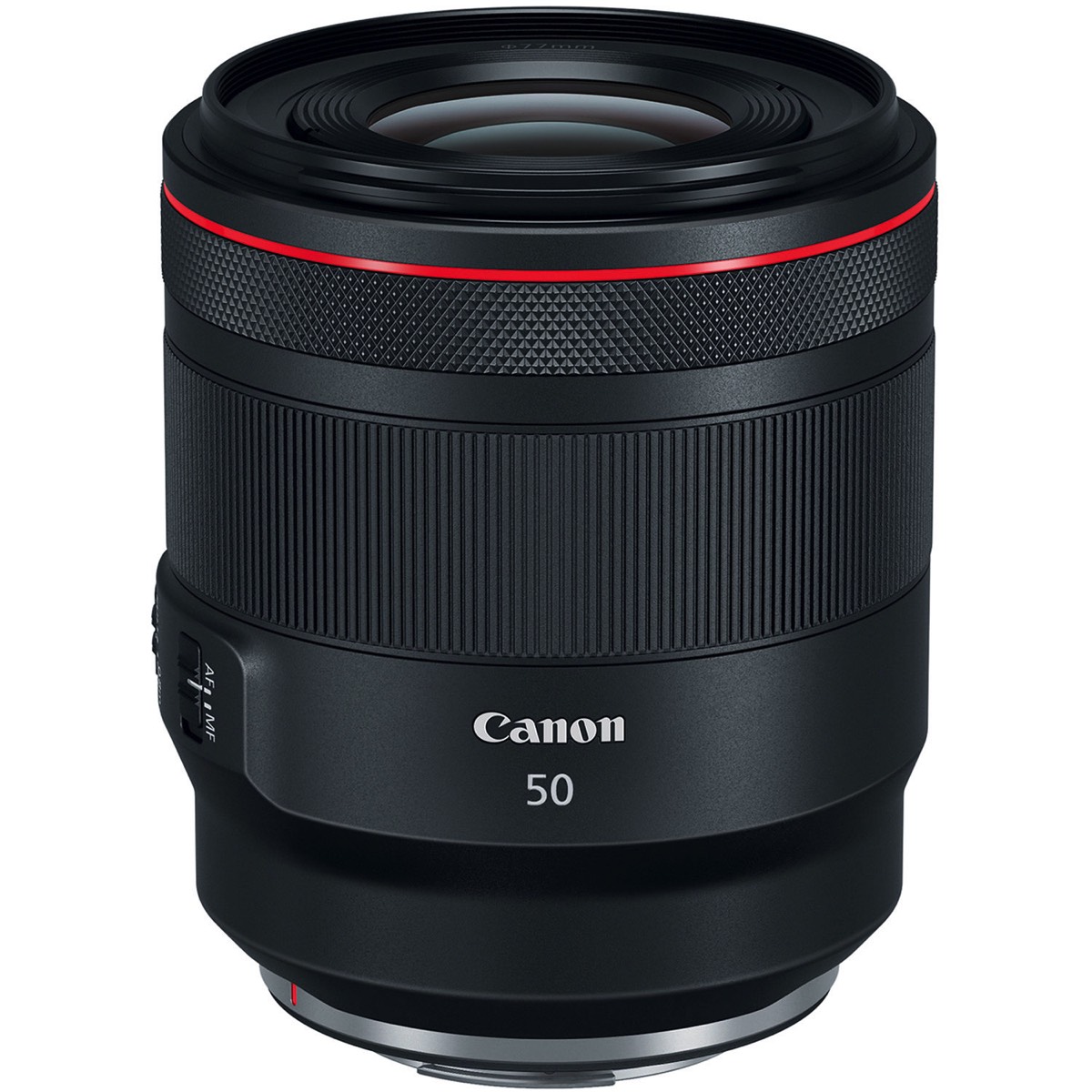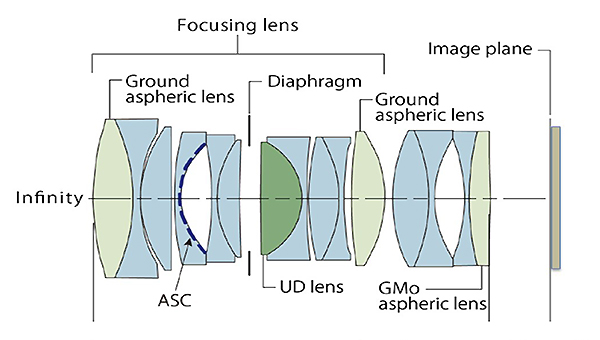The Lens details of a series of images taken by Steve Cushing on mirrorless camera.
Fitting is a Canon RF mount with a 20mm
Flange Distance - this lens will fit and achieve focus to infinity mirrorless cameras but not on DSLRs.
History
After the war, with many plants bombed and the Russians taking over East Germany, production cost for making lenses were a lot cheaper in Japan. Even before the war German optics companies started to partner with Japanese companies to manufacture optic lenses used in industry and in cameras. Japan as one if not the only industrialised Asian nation in the world at that time, had the capability and the cheap labor to entice German manufacturers to move some of their production there. Similar to what is happening right now with China.
Together with this due to new post-war Japanese law and export control, Japanese optics companies were effectively out of the business from military purpose optics for long time. So, company that was making gun sight for fighter plane or war ships optics for battleship had to start competing on civilian market to survive.
European manufacture did not suffer this problem as much as Japanese did, and they still had lucrative military optics market as soon as cold war kicked in. Even decade after Japanese started to return to scientific or partial return to military optics market, they still had to make majority of money in consumer, industrial, or medical optics market.
The Japanese soon became so adept at making lenses originally for the Germans and now for their own domestic use, that companies like Nikon, Olympus, Minolta started. Canon was an off-shoot of Nikon. And so, the Japanese came to dominate the camera as well as the lens market. The Germans still have Leica of course which is considered the most expensive camera system in the world.
Autofocus technology for example were really designed for the military so this was quickly adapted for civilian purpose in Japan but remained secret in the rest of the world as it was used for military purposes.
The company which is now recognised world-wide as Canon began its life as Seiki-Kōgaku Kenkyusho - Precision Optical Instruments Laboratory - or
精機光学研究所. According to the Canon Camera Museum history, the first laboratory of the company "...was founded in 1933 in a third-floor apartment of the Takekawaya Building in Roppongi, Azabu Ward, Tokyo."
The name Canon meant “Precision Optical Instruments Laboratory”. Initially Canon had a very close relationship with Nippon Kōgaku (Nikon), who supplied lenses for the cameras which Canon manufactured. The Nikkor 5cm f/3.5 lens was commonly seen on the Hansa Kwanon (Canon), which also had its rangefinder manufactured by Nikon.
The Hansa Canon was launched in 1936. It was not until the late 1940s that Canon started to manufacture their own lenses, after World War 2. Initially the lenses were labeled Serenar. This caused some confusion to customers as they were looking for a Precision Optical camera and a Serenar lens. So in the early 1950s the company and branding was changed to Canon.
Japanese lenses can be divided intro entry level third party lenses, made by Soligor, Revuenon, Vivitar, Coslinar and others, mid range lenses made by smaller manufacturers, such as Makinon and Chinon and premium lenses, such as those made by Asahi Pentax and Fujifilm.
Other premium manufacturers like Canon produced lenses in their own native mounts others include Olympus, Minolta and Mamiya. Japanese lenses are considered the most reliable of these vintage lenses, with Asahi Pentax Takumar series coming on top of them all.
This LensSo we now move up-to-date to one of the most advanced lenses ever made. The RF 50mm f/1.2L USM is a very fast standard prime lens for Canon's new EOS R full-frame mirrorless camera system.
Canon has constructed the lens from 15 elements in 9 groups, with 2 large-diameter ground aspherical lens elements, and 1 glass-molded aspherical lens element for better image quality into the corners of the frame when the aperture is wide open. In addition, there’s an Ultra Low Dispersion (UD) lens element to reduce chromatic aberrations.
Lens In Use- Build quality is outstanding.
- It focuses by wire, even manually.
- Fast autofocus for this sort of lens.
- This is a huge, heavy lens
- Ultrasharp, especially at f/1.2 and especially out in the corners.
- 10-bladed electronic diaphragm gives fairly round openings at every aperture.
- No distortion, even without correction.
- Expensive.
- No aperture or distance scales; everything is read-out and set, including distance, depth-of-field and aperture, in the camera.
This lens has been designed to give a wonderful
BOKEH (Click for more information). The f1.2 permits not only low light use but a wonderful shallow
DEPTH OF FIELD (Click for more information)
.Summary If you need one of the sharpest ultraspeed 50mm lens ever made, here you go. If you deserve the very best of everything and have a Canon camera, this is your lens. So this lens is for pixel perfect fanatics, where resolution rules. You do get a good quality image every time.
I took the images with this lens the day after the Rollie Projar Petzval format lens so from a lens designed by eye and with minimal optical elements to a computer designed extremely sophisticated optical design.
For images using this lens click
HEREFor general information on lens design and lens elements go to the homepage
HERE





